A day doesn’t pass without house prices and interest rates making headlines in the UK media. Given the amount of information and analysis bouncing around out there, we’ve rounded up some of 2023’s key stories and trends to help aspiring property-buyers. Whether you’re a resident or non-resident, we’ll help you decide the best way to invest in UK property…
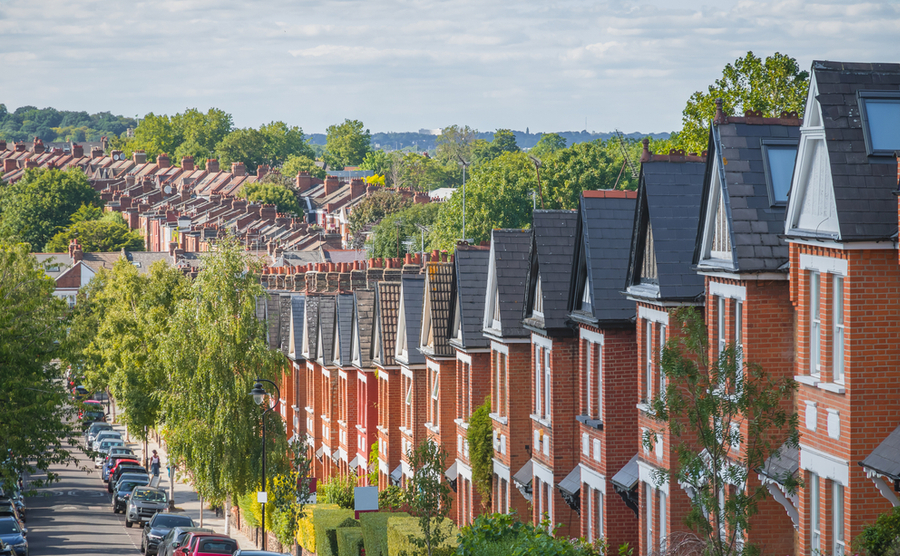
A row of houses in Crouch End, London
UK property prices defying doomsters
The UK property market has started 2023 more resilient than doom-mongers predicted. Conditions have caused the average house price to drop only marginally between December and January. At least that is the story so far this year!
Key sources of house price data recorded a slowing down of annual house price inflation to between 1-2 per cent for January 2023. This means the average price in the UK remains higher than a year ago, but with prices falling gradually each month, who knows how long this will be the case? A strong rental market, a lack of supply in the sales market and a stabilisation in the mortgage market, where rates historically are not high, are touted as reasons to be cautiously positive and not to fear a crash.
“The start of 2023 saw a further slowing in annual house price growth to 1.1 per cent, from 2.8 per cent in December,” said Robert Gardner, chief economist at Nationwide, one of the UK’s largest lenders. “Moreover, January saw a further monthly price fall (-0.6 per cent) which left prices 3.2 per cent lower than their August peak (after taking account of seasonal effects). However, there are some encouraging signs that mortgage rates are normalising, but it is too early to tell whether activity in the housing market has started to recover.”
Similarly, Kim Kinnaird, director at Halifax Mortgages said: “The start of 2023 has brought some stability to UK house prices, with the average house price remaining largely unchanged in January at £281,684, a very small decrease on December. The average house price is now around £12,500 (-4.2 per cent) below its peak in August last year, though it remains some £5,000 higher than in January 2022 (£276,483).
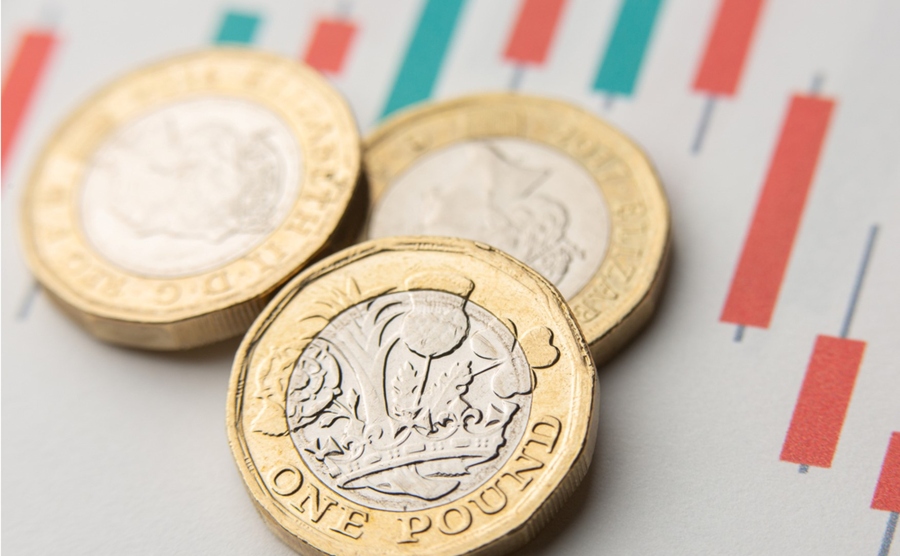
The booming pound has been great news for foreign buyers
The exchange rate favours foreign buyers
Foreign investors have seen their buying power – and with it the appeal of UK property – boosted over the past year thanks to the pound losing value against all major currencies, in many cases by more than 10 per cent.
Both the US dollar and Singapore dollar are up 11.5 per cent against the pound over the year to mid-February 2023, while other key gains include the Hong Kong dollar, Emirati Dirham and Saudi Riyal all by 11 per cent, the Swiss Franc by 10 per cent and the Euro by 5.5 per cent
The immediate effect of this is cheaper property. For overseas buyers transferring funds from a currency that has seen 10-11 per cent gains, a real estate transaction that cost £500,000 a year ago today costs £50,000-£55,000 less.
You can keep an eye on current exchange rates with Smart Currency Exchange’s live rate tracker
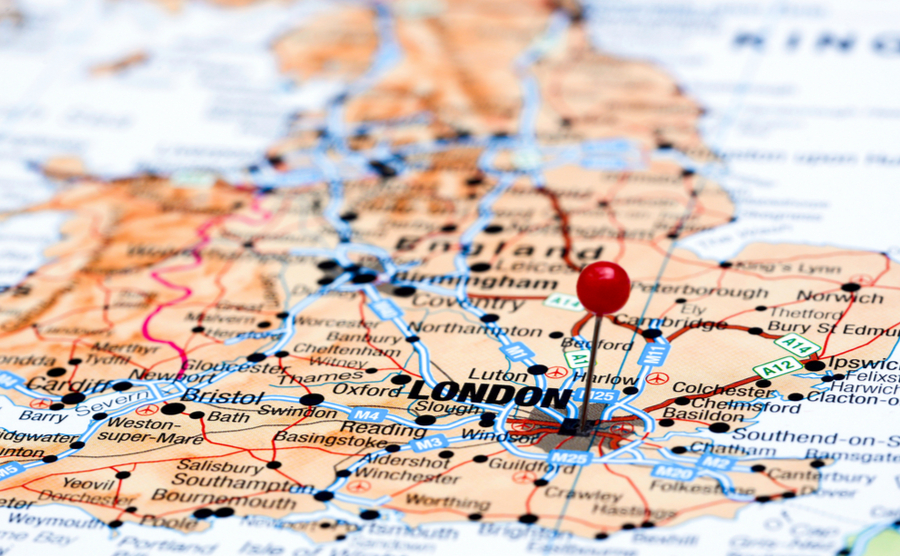
A map of the UK
Investment hot spots in 2023
Weighing up the best spots for investment in the UK and preferably somewhere outside of London? Why not consider one of these towns? Each is identified as a hotspot where recent or ongoing rehabilitation is driving high rental demand and capital growth rates.
The hit list was created by Finbri, a bridging loan broker:
Slough
Located west of London with access via the M25 and M4, Slough is great for commuters. Redevelopment is ongoing and the town is home to big businesses such as Samsung and Microsoft. The average house price in Slough is around £375,117, with a typical rental yield of 3.7 per cent and a predicted growth rate of about 10 per cent.
Liverpool
Named 3rd best city in the UK for property investment returns (behind Manchester and London, the city has a thriving population and strong diverse demand for rental property, including student accommodation, short-term lets and homes for professionals. The average price is around £202,242, with a typical rental yield of 5.48 per and a predicted growth rate of about 18.9 per cent.
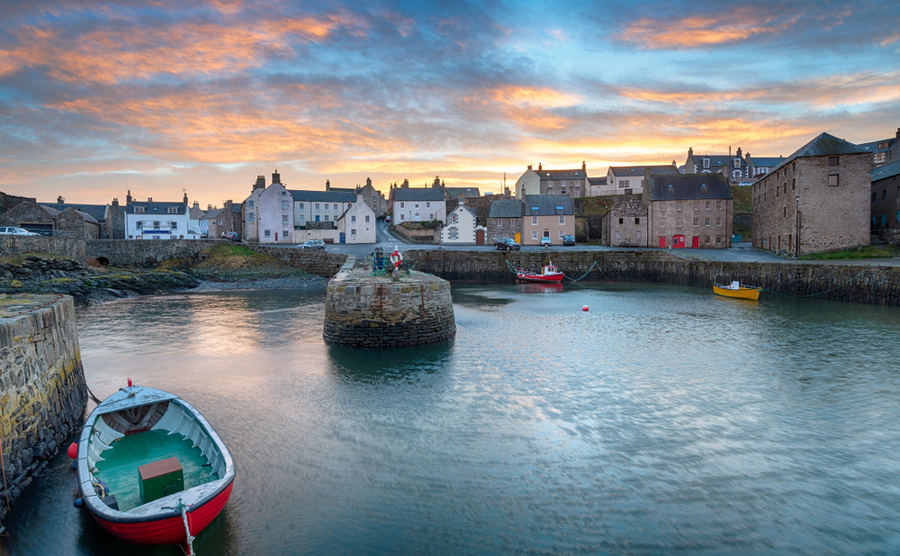
Sunset over a fishing village near Aberdeen
Aberdeen
Home to a thriving energy industry, including oil and gas mega-companies such as Shell and Chevron, the key to investing in property in Aberdeen is to get in early before prices increase further. The average house price in Aberdeen is £197,738, with a typical rental yield of 4.6 per cent and a predicted growth rate of about 10 per cent.
Burton
With a population of over 72,000, the market town of Burton is a buoyant market, deemed to have a high level of potential based on yield and capital growth possibilities. The average house price in Burton is £204,104, with a typical rental yield of 3.7 per cent and a predicted growth rate of about 10 per cent.
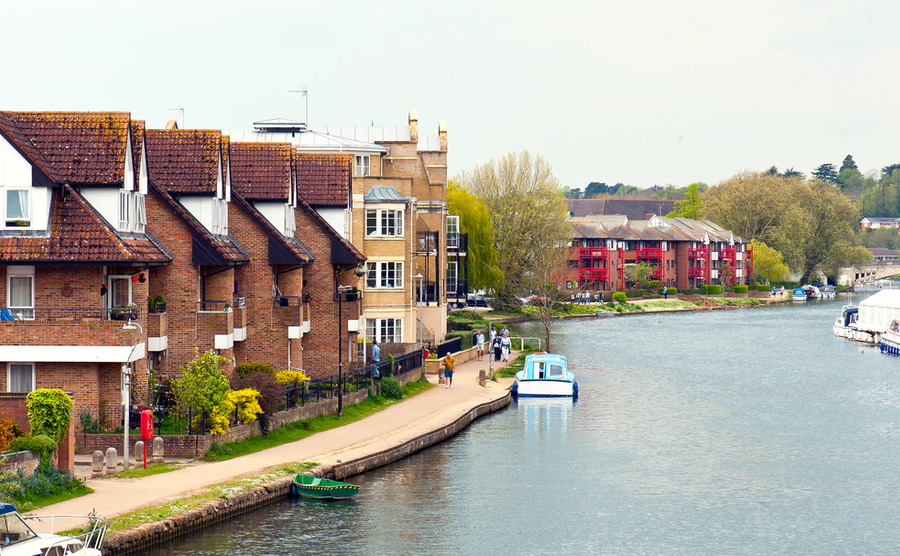
Homes in Reading on the River Thames
Reading
A pro-business town ideal for commuters to London, the new Elizabeth Line has increased the city’s excellent transportation infrastructure. Home to 174,000 with, many affluent people, Reading has been named the most prosperous area in the UK outside of London. The average house price in Reading is £439,629, with a typical rental yield of 3.16 per cent and a predicted growth rate of about 7.57 per cent.
Bolton
An up-and-coming location, Bolton is a hot spot in Greater Manchester. As an emerging cultural setting with a growing population (currently around 280,000, but expected to grow to over 300,000 over the next 20 years), demand is forecast to surge in coming years. The average house price in Bolton is £375,117, with a typical rental yield of 8 per cent and a predicted growth rate of about 22.3 per cent.
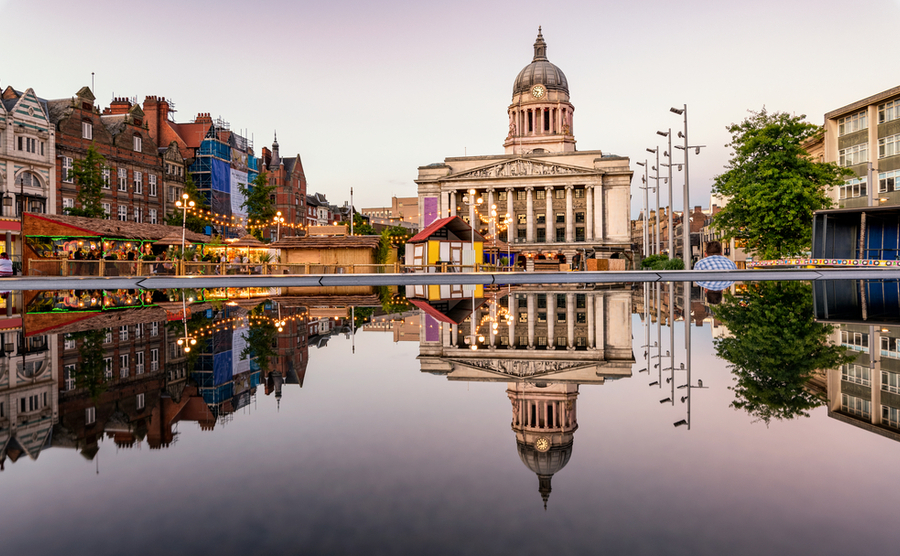
Nottingham council and market fountain
Hip, hip, hip hooray for Nottingham
Nottingham is the best bet for hipsters in search of a city that combines a busy independent social scene with good value homes.
That is according to research by comparison website GetAgent, which analysed and ranked 15 major UK cities according to the number of independent shops and average house prices in each.
The city made famous by Robin Hood boasts 53 independent shops, equating to 21 per 100,000 people – the second highest proportion of all cities on the list with only Bristol ahead of it. Nottingham earnt its space at the top of the rankings thanks to its average house price being just £192,170, which is 35 per cent lower than the UK average.
Newcastle and Manchester also rank within the top five in terms of the highest proportion of indie shops, with Newcastle home to 12.1 per 100,000 people and Manchester boasting 10.7 per 100,000 people. Both cities are also home to a more affordable property price tag, coming in 35 per cent and 20 per cent below the UK benchmark.
Bristol and Edinburgh score highly for their indie scenes, but lose points on their average property price tags of £365,658 and £334,113 respectively – considerably more than the national benchmark.









